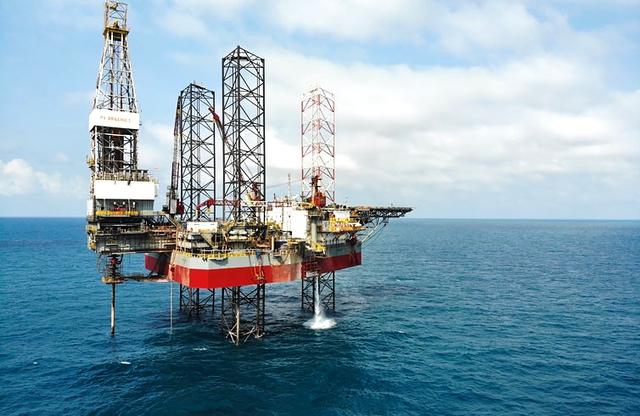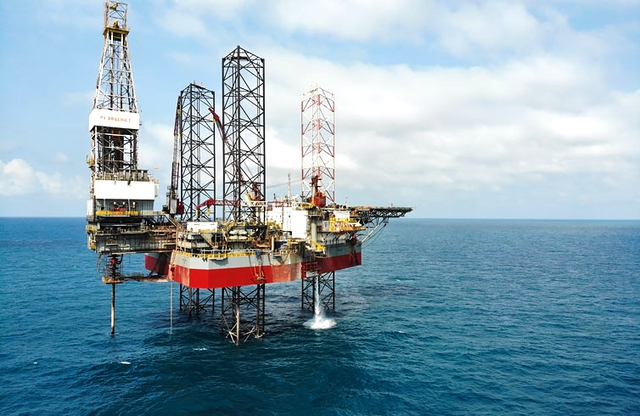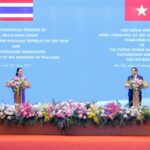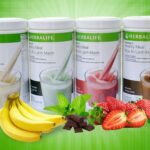On May 8, 2025, American oil giant Murphy Oil and South Korea’s SK Earthon announced a significant oil discovery off the coast of Vietnam.
According to Oil & Gas Journal, Murphy Oil struck oil at the Pink Camel well in Block 15-1/05 of the Cuu Long Basin, approximately 34 miles (55 km) off the coast of Vietnam.
The exploration well encountered a 105-foot (32-meter) column of oil pay at a depth of 13,451 feet (4,100 meters). Murphy Oil assessed the oil as high-quality crude, with a successful production test of up to 2,500 barrels per day and an estimated reserve potential of 30-60 million barrels.

Illustration: Murphy Oil
SK Earthon also struck black gold at the Pink Camel well, located offshore on Vietnam’s continental shelf.
This discovery marks the second successful oil find for SK Earthon in Vietnam this year. The company previously discovered oil in Block 15-2/17 of the Cuu Long Basin in January 2025.
Following this discovery, Vietnam, in collaboration with SK Earthon and Murphy Oil, plans to commence crude oil production in 2025. The joint venture comprises Murphy Oil (40%), Vietnam’s Petroleum Exploration and Production Corporation (PVEP) (35%), and SK Earthon (25%).
What is High-Quality Crude Oil?
Experts characterize Vietnamese crude oil as generally light and sweet: with an API gravity ranging from 35 to 40 degrees and low sulfur content. These characteristics make it ideal for producing high-quality gasoline and diesel fuel. Such traits are indicative of premium crude oil.

Illustration: Oil. Source: Adobe Stock
According to the U.S. Energy Information Administration (EIA), high-quality crude oil is characterized by low density (light oil) and low sulfur content (sweet oil).
Consequently, light and sweet crude is easier to refine, making the refining process more efficient and less costly. These two qualities set the standard for premium oils, commanding a higher price per barrel on the international market.
– Light oil is associated with API gravity. The standard measure of oil density is based on the gravity of the American Petroleum Institute (API). The numbers range from 10 to 70, with higher API gravity indicating lighter oil.
– What about the term “sweet”? It doesn’t refer to taste but to the sulfur content in crude oil, with the threshold set at 0.5%. Sulfur content above 0.5% is considered sour, while below 0.5% is deemed sweet. The sweeter the oil, the easier it is to refine into gasoline and other petroleum products.
Source: Charles Schwab Corporation – an American multinational financial services company.
EIA further explains that various types of crude oil are produced globally. The market value of a particular crude oil stream reflects its quality characteristics. Two of the most critical quality characteristics are density and sulfur content. Density ranges from light to heavy, while sulfur content is characterized as sweet or sour. Light and sweet crude oils typically command a higher price than heavy, sour crude.
Refining High-Quality Crude Oil Reduces Costs and Environmental Impact
Economically, light and sweet crude oil (Light sweet crude oil) significantly reduces production costs. The refining process for this oil is simpler and does not require complex technologies such as cracking or desulfurization.
This not only reduces operating costs but also enhances economic efficiency for refineries. Moreover, low sulfur content minimizes equipment corrosion, prolongs machinery lifespan, and lowers maintenance expenses.
Environmentally, light and sweet crude oil substantially conserves energy during the refining process. Due to its high light hydrocarbon content, refining this oil requires less energy, thereby reducing CO2 emissions—a significant contributor to the greenhouse effect. Additionally, the low sulfur content in sweet oil curtails SOx emissions, improving air quality and mitigating the risk of acid rain, a severe environmental concern.
Products derived from light, sweet crude, such as gasoline and diesel, also meet stringent emission standards like Euro 5 and Euro 6. This means that vehicles fueled by these products will emit fewer toxic gases, positively impacting urban environments and community health.
Unanimous Support for Vinspeed’s Vision: Revolutionizing North-South High-Speed Rail
Let me know if you would like me to tweak it further or provide multiple variations. I’m happy to help!
“Vice Prime Minister Tran Hong Ha has entrusted the Ministry of Construction with a pivotal task. The ministry will consolidate feedback and suggestions from various government departments and ministries regarding Vinspeed’s proposed high-speed rail project on the North-South axis. This ambitious endeavor promises to revolutionize transportation across the country.”
The Rural Market – Unlocking Vietnam’s Retail Growth Potential
Masan’s retail arm, WinCommerce, is on a mission to revolutionize the rural retail landscape in Vietnam. As of April 2025, the company has successfully executed 80% of its expansion plan in rural areas, with an impressive 1,500 WinMart+ stores dotting the countryside. This ambitious initiative is a testament to WinCommerce’s commitment to bringing modern retail conveniences to Vietnam’s vast rural population.
“Pharmaceutical Company Chairman Bribes His Way to Hospital Contracts: A Dark Tale of Corruption”
“In a recent development, it has come to light that Son Lam Pharmaceutical Joint Stock Company’s Chairman, Pham Van Cach, engaged in a bribery scandal. The shocking revelation unveils a staggering amount of over VND 71 billion in bribes paid to ensure smooth sailing for the company in supplying medicines to several hospitals and medical centers. This unscrupulous act of corruption has undoubtedly shaken the foundations of integrity and trust within the healthcare industry.”
“Vietnam and Thailand Elevate Ties to Strategic Partnership Level”
On May 16, following the co-chairmanship of the 4th meeting of the Vietnam – Thailand Joint Cabinet, Prime Minister Pham Minh Chinh and his Thai counterpart, Prime Minister Paetongtarn Shinawatra, held a joint press conference. They announced that the two countries have officially elevated their relationship to a “Strategic Partnership.”
The Biggest Multi-Level Marketing Company in Vietnam: Revenue of nearly $85 million, surpassing the Chinese market in Q1 2025.
As of now, there are only 16 enterprises in Vietnam that hold a valid license for multi-level marketing operations, a decrease of 4 businesses compared to the beginning of 2024. This shift underscores the evolving landscape of direct selling in the country and highlights the need for companies to adapt and innovate to thrive in a dynamic market environment.








![[Photo Essay]: Experts, Managers, and Businesses Unite to Forge a Path Towards Sustainable Green Industry](https://xe.today/wp-content/uploads/2025/07/z678592918-218x150.jpg)












